EXPERT INSIGHT
3D Printing Your Own Production Line: How Materialise Does It

3D printing is a highly adaptable technology – it can be used to create anything from lampshades to automotive prototypes. In this blog post, we’d like to focus on one budding sector in particular: production lines. It’s an application of 3D printing which makes perfect sense – production lines require highly specialized components which are tailored to the product they are making. Producing intricate small series with traditional manufacturing is an expensive and tricky business, but for 3D printing, these issues are a thing of the past.
As a 3D printing company, we’ve experienced the difference 3D-printed components can make in our own production lines. Check out how we’re using 3D printing on our own production floor!
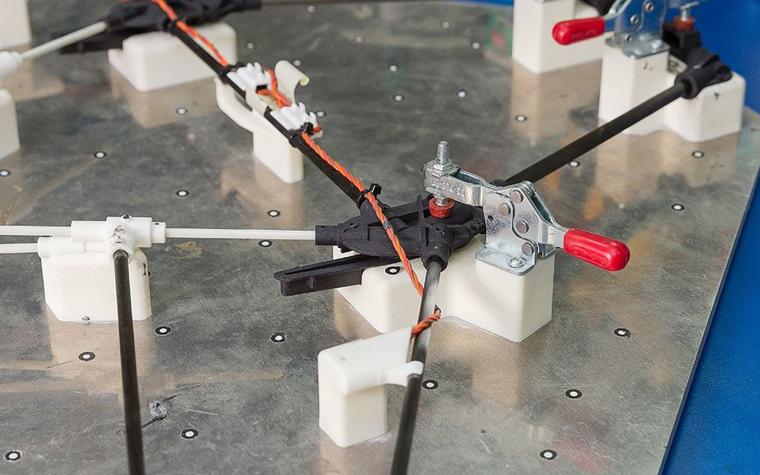

Jigs
Jigs are used to keep an object in place while it is assembled, glued or tested. As a result, they have to closely fit the product they will be used on, so they are custom-made for each production series. By 3D printing our own jigs, we reduce costs and manufacturing time significantly. We use 3D-printed jigs on all sorts of projects – from alignment jigs to place a logo correctly on a pair of sunglasses, to assembly jigs which we use to glue drone parts together.
Machine components – covers and holders
Our machines sometimes require very specific parts that can be difficult to source or may not even exist. To make life easier we decided to come up with our own solutions and simply 3D print certain components ourselves.
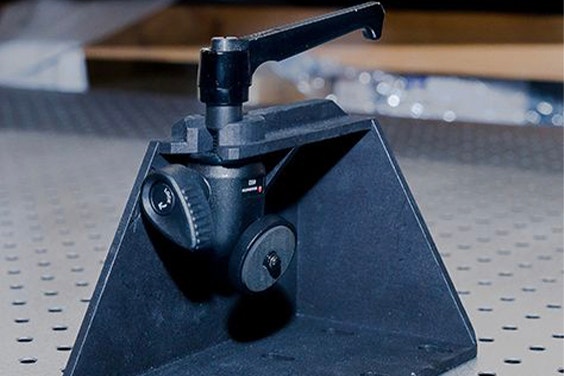

Machine components - covers and holders
One such example is parts for our Mammoth stereolithography machine. We developed our very own Mammoth stereolithography printers for use within Materialise because existing stereolithography printers on the market weren’t satisfying our needs – we wanted a machine with a larger printing capacity. Of course, as we created our own solution it follows that a lot of the components of the machines were 3D-printed as they didn’t exist in the market. For parts sensitive to dust such as optical scanners and laser power sensors, we printed dust covers to keep them safe and clean. Or to keep control parts neatly stowed away, we printed a control box and a mount for the machine’s encoder.
Connecting pieces
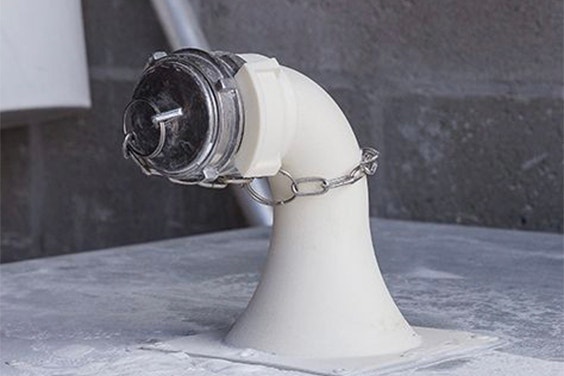
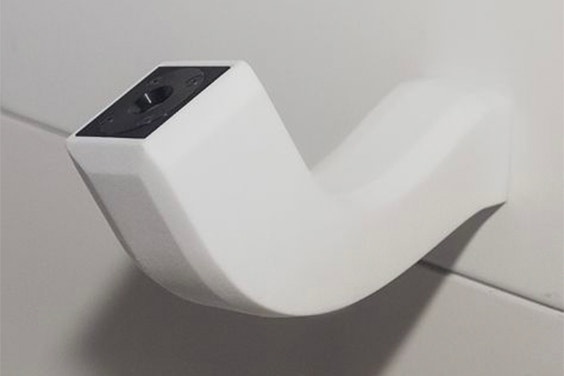
Connecting pieces
Sometimes it’s all about bringing things together. When it comes to our laser sintering machines, we needed a more efficient way to get the nylon powder from the powder silos into the machines. Nylon powder is extremely fine, and if not handled carefully, can easily get everywhere. We designed and printed connecting pieces between the silos and the machines, which enabled us to get the powder into the powder box – mess-free.
Quality control
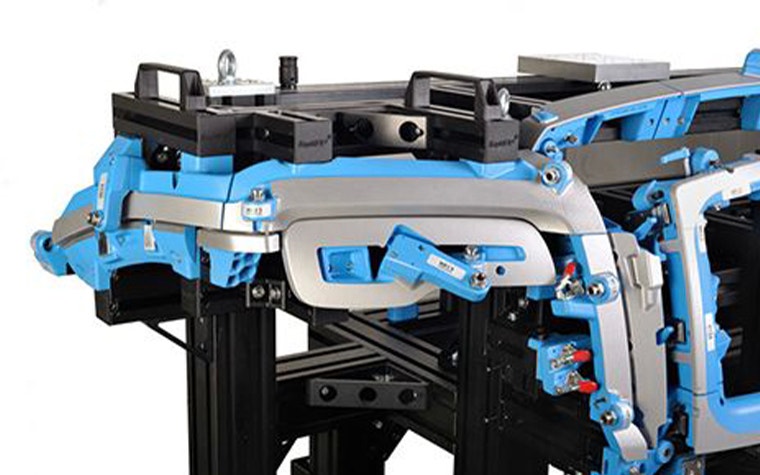

Our daughter company, RapidFit, is a perfect example of how 3D-printed components can enhance and improve production. Automotive tooling and quality control require a high degree of accuracy, and traditionally this means a variety of tools and fixtures. RapidFit’s fixtures include integrated functionality such as snap-fits and clips, and can be completely customized to the specific car model which needs testing. The system is highly repeatable, with reliable outcomes, as well as being extremely efficient with a faster time to market.
Curious about how 3D-printed components could make a difference for your production line? Check out which production challenges you could solve with 3D printing, and how Philips and other companies have benefitted from 3D-printed production components.
Share on:
You might also like
Never miss a story like this. Get curated content delivered straight to your inbox.
